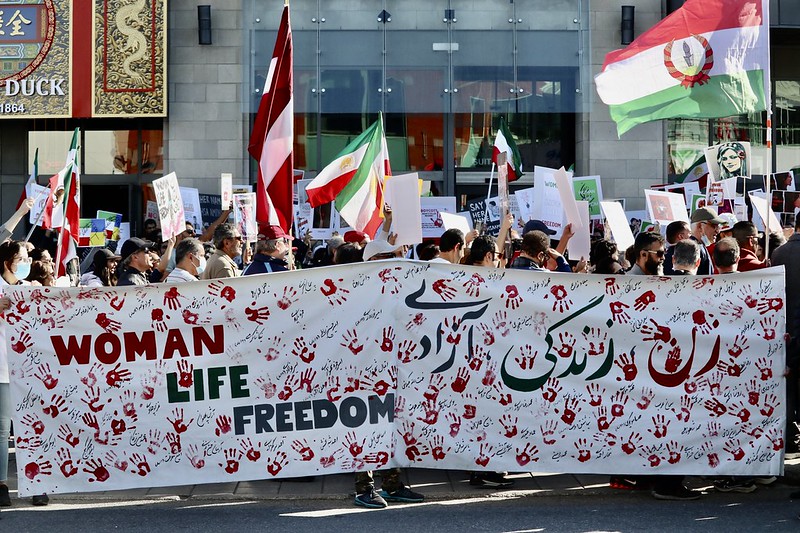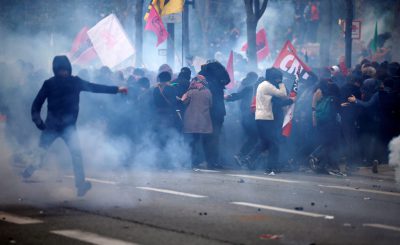By Rachel Selva
The world itself is seeing a vital revolution that is taking place in Iran. A hijab and or veil is mandatory by law to wear in the country. Upon choosing to wear a hijab, it represents modesty and faith alongside other contributions to Islam. In Iran, women are protesting modesty laws to fight for freedom of choice. The women fighting against the regime have taken to jail time and been verbally and physically harassed by men and morality police.
The Hijab Law forces Muslim women to wear a hijab for modesty and religious reasons. The hijab enforcement has been around for decades. The law became official in Iran in April 1983, four years after the Islamic Revolution. The government often looks to the Quran and Hadiths to justify extreme ideology.
The uproar started in 2022 when the morality police murdered 22-year-old Mahsa Amini for not wearing a hijab properly. According to The New York Times Magazine, What to Know About the Iranian Protests Over Mahsa Amini’s Death, Amini’s family claimed they witnessed the morality police beating their daughter in the patrol car heading to the detention center.Â
Unfortunately, Amini would soon be pronounced dead on September 16th. Though Iranian police claim Amini died due to heart failure, the public strongly believes the government is covering Amini’s death. This event would soon result in protests worldwide, causing ignition in women, especially Iranian women, to not just fight against the hijab but fight for women’s rights.

Upon interviewing fellow students at Hunter College, I had the privilege to speak to Miriam. As a woman and child of Iranian immigrant parents, I asked about her thoughts on the protests in Iran. Miriam stated, “It’s unfortunate to see what’s going on back home, especially as an Iranian woman myself, but I believe it’s also a great thing. For the first time in years, we are
seeing the power uniting women against the regime. I believe this revolution is needed for us women to be protected and to change what has been going on for decades. Wearing the hijab should be a choice and no woman who does not want to wear it should be penalized for that. It is important to remember that this is not just a fight for women but men. Some men have sisters and mothers, and they are also suffering at the hands of the regime.”
Hearing Mariam’s thoughts on the flight back home, I could not help but hear the passion in her voice. Mariam gave me a chance to interview her parents over the phone. I had the lovely opportunity to speak to Esther and Hassan. Upon asking how they feel about the regime in Iran violating women’s rights, Esther stated, “It’s a shame what’s happening, and although I wear a hijab and love the significance behind it, I can’t help but feel fear for the women who don’t wear the hijab. The cruelty they may face. This revolution is needed, but it costs some women their lives. It scares me.” Hassan, Mariam’s father, stated, “I am a firm believer in women wearing hijabs for our own cultural significance, but in no way do I support what is happening back home to the women who do not wear the hijab. It is unfair, and it is up to us to fight back not only for my wife or daughter but for my mother and all the other grandmothers, daughters, and cousins out there”.
The protests in Iran for women’s rights intensify every minute. On April 8th, BBC News discovered Iran’s installment of cameras throughout the city, which will identify unveiled women. The fight against women’s rights is still alive, but the Iranian regime is finding ways to maintain its laws.





